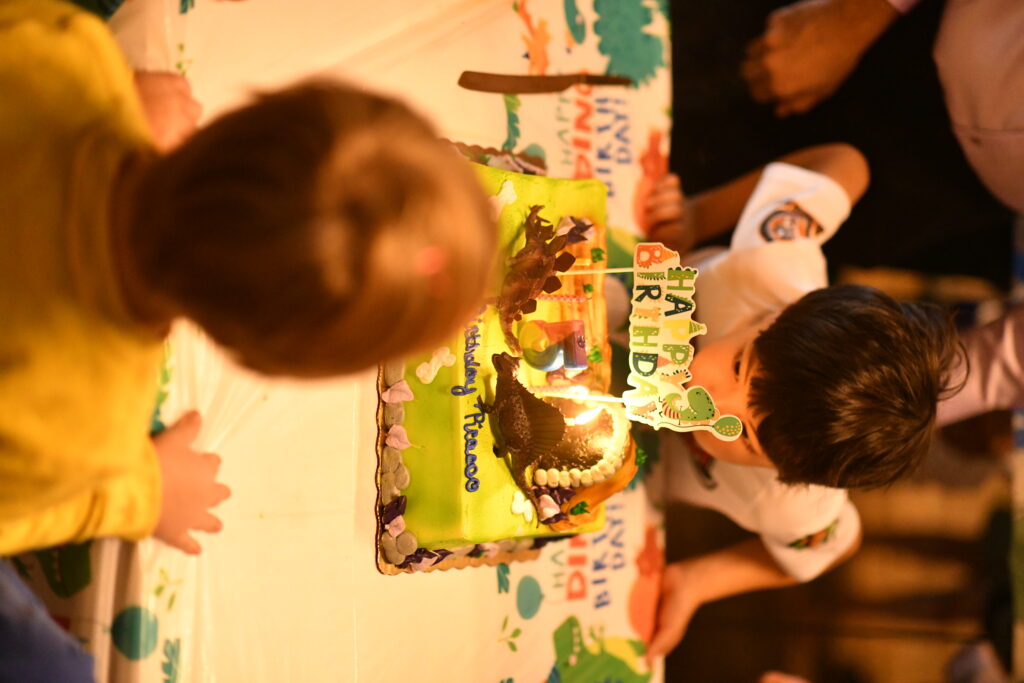Kids love our birthday parties, it is something new and exciting!
Parents, are you struggling to come up with exciting, fun and engaging birthday party for your child? Looking for a safe place where your child is the hero and the spotlight shines on them? We have the answer!
Our birthday party advantage:
✓ EASY & CONVENIENT FOR YOUR PEACE OF MIND.
✓ SAFE YOU ARE THE ONLY PARTY IN THE STUDIO.
✓ STAFF MEMBERS WHO KNOWS YOUR CHILD IS THE STAR.
✓ CLEAN UP IS DONE BY US.
✓ CAPOEIRA CLASS IS EASY AND AGE APPROPRIATE.
✓ PARTY THEME IS CUSTOM TO YOUR CHILD’S WISH.
… WE ARE THE RIGHT PLACE
EASY, CONVENIENT, SAFE
Planning a Capoeira Birthday Party? Running out of ideas where to have the celebration? We can help! At Maculele-Capoeira, each birthday party is designed to be safe and fun! This will be one of your child’s most memorable parties ever! A trained team of instructors will help, supervise, and coordinate everything from beginning to end.
At our academy the birthday parties are a fun and safe way for kids to try out the “super-hero capoeira training” while celebrating their special day.
Our capoeira studio is an exciting place. Having a capoeira birthday party will be truly thrilling! You child will get to practice fun capoeira moves on our safe training equipment. They will be running, jumping, kicking, doing cartwheels, crawling and doing all that on safe martial arts mats. They will even get to use our XXL large kicking bags. Kids LOVE to play superhero moves on them.


Planning a capoeira birthday party will keep your group active and engaged in our friendly studio. Our parties are super fun and hassle free. Our goal is to handle everything so that you can sit back and be a guest at your own party.
Tap here to contact us today.
